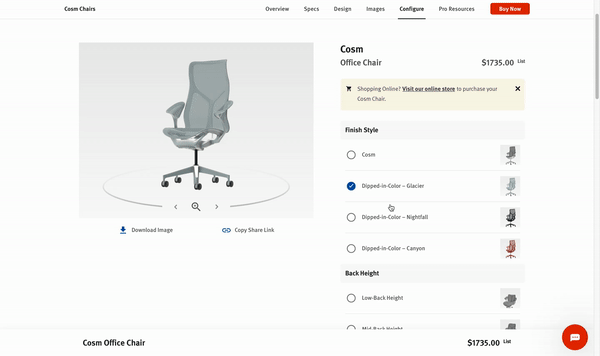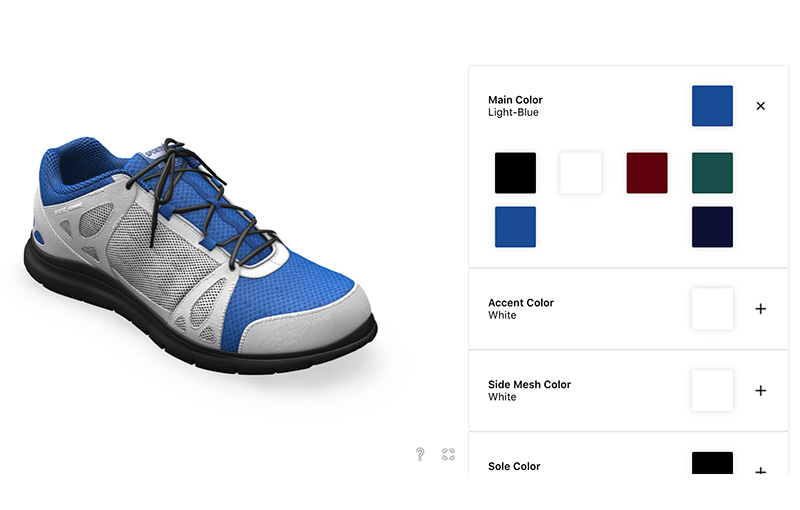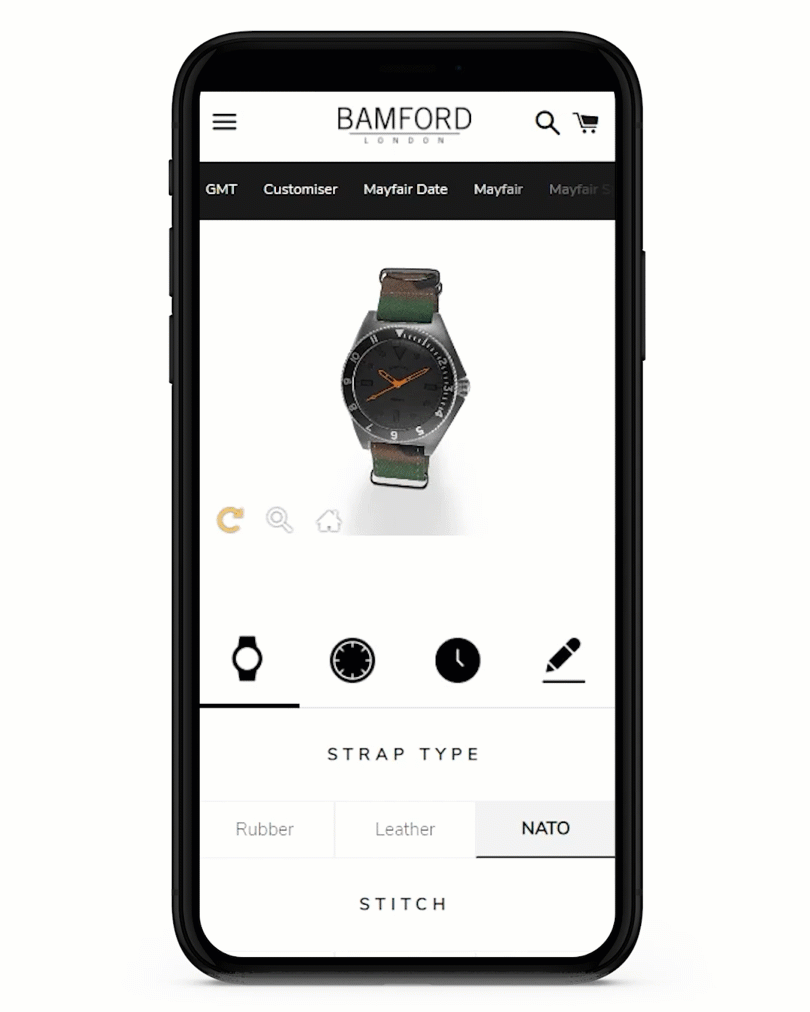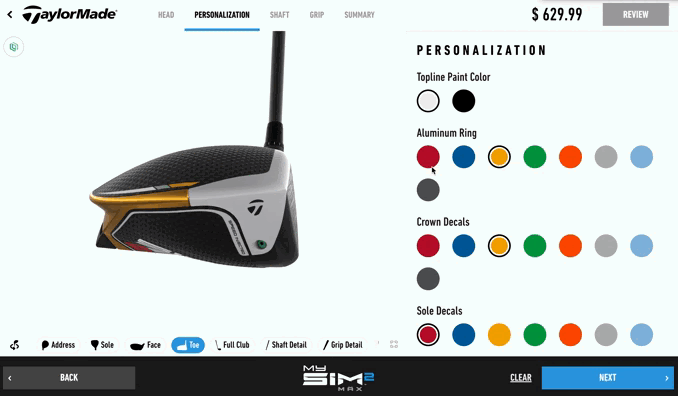The Future of Online Shopping: Integrating Renderings for eCommerce
The online shopping experience is rapidly evolving with the integration of renderings. Renderings, such as 3D models and augmented reality (AR), are revolutionizing the way customers interact with products online. In this article, we will explore the role of renderings in e-commerce, the benefits of rendering integration, challenges and considerations, and the exciting future of online shopping with renderings.
The Evolution of Online Shopping
The Rise of eCommerce
The rise of ecommerce has revolutionized the way people shop, providing convenience and accessibility like never before. With the click of a button, consumers can browse and purchase products from the comfort of their own homes. This shift in consumer behavior has led to a significant increase in online sales, with e-commerce projected to reach trillions of dollars in the coming years. As technology continues to advance, online shopping platforms are constantly evolving to meet the demands of consumers and provide a seamless shopping experience.
The Impact of Technology
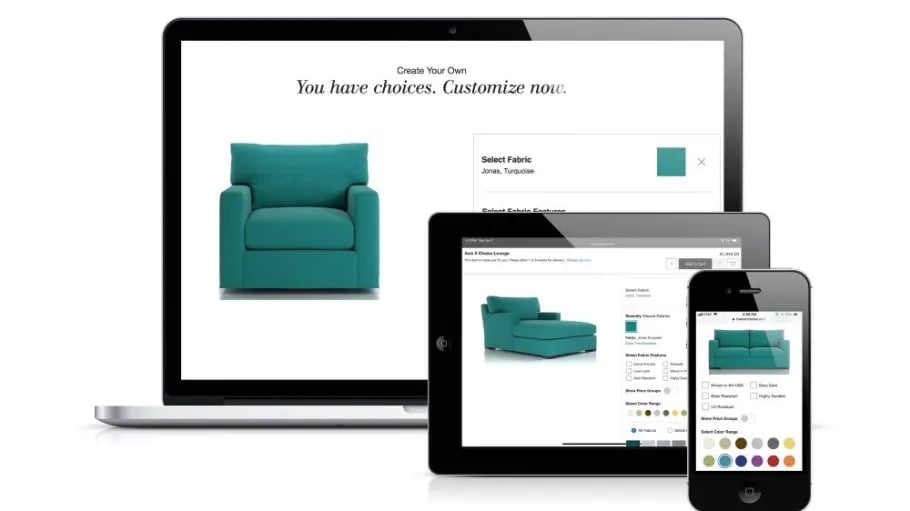
The development of new technologies in the retail industry has had a profound impact on the way businesses operate and how consumers shop. From online shopping platforms to inventory management systems, technology has revolutionized the entire shopping experience.
One trend that is helping evolve the current e-commerce field is the integration of 3D product images on consumer websites, which allows for a more immersive and realistic online shopping experience. This is particularly relevant in the context of the COVID-19 pandemic, when physical store visits became severely limited, which has resulted in many brick-and-mortar stores shifting to e-commerce as a means of reaching customers. By incorporating 3D renderings, businesses can create virtual shopping experiences that closely mimic the in-store experience, providing customers with a sense of familiarity and confidence in their purchase decisions.
Changing Consumer Behavior

Consumer behavior in the online shopping landscape is constantly evolving. Shoppers are becoming more conscious of their individual contributions to environmental sustainability and are demanding that retailers take responsibility as well. According to Euromonitor International, consumers are throwing the burden back onto retailers to show that they are sustainable. In fact, a report commissioned by Alibaba Group revealed that three in four consumers appreciate information on making environmentally friendly online purchases. As a result, merchants and marketplaces are stepping up their efforts on green labeling and certification.
The Role of Renderings in eCommerce
Enhance Product Visualization
Using renderings in e-commerce is more than just about being able to see what your desired item might look like. There are many tools that will allow your rendering to be customized to your exact specifications, taking the idea in your mind and bringing it to life on the screen. Some of these tools include virtual try-ons, high quality visuals, robust search functionalities, multisensory engagement, and AI-powered personalization.
Improve Customer Engagement
Improving customer engagement is crucial for online retailers to drive sales and build a loyal customer base. By implementing renderings in e-commerce platforms, retailers can provide customers with a more immersive and interactive shopping experience. Renderings allow customers to visualize products in detail, giving them a better understanding of the product's features and benefits. This enhanced visualization can increase customer engagement and encourage them to spend more time exploring the product offerings.
Renderings also play a key role in reducing returns and enhancing customer satisfaction. By providing customers with a realistic representation of the product, renderings help set accurate expectations and reduce the likelihood of returns due to mismatched expectations. This not only saves costs for the retailer but also improves customer satisfaction and builds trust in the brand.
To further improve customer engagement, retailers can leverage interactive digital catalogs. These catalogs can include product details, videos, and clickable elements, allowing customers to explore products in a more interactive way. This not only keeps customers engaged but also facilitates informed purchases as customers can access all the necessary information within the catalog itself.
Integrating renderings in e-commerce platforms is a powerful way to improve customer engagement. By providing realistic product visualizations and offering interactive digital catalogs, retailers can create a more engaging and satisfying shopping experience for their customers.
Furthermore, rendering integration can contribute to enhanced brand perception. When customers have a positive experience with a retailer's website and find the rendered product images to be high-quality and visually appealing, they perceive that brand to be professional and reliable, leading to increased trust and loyalty of the brand.
To achieve these benefits, retailers need to invest in the necessary technical infrastructure and ensure efficient data management and storage. User experience and performance should also be prioritized to provide a seamless and enjoyable shopping experience for customers. By overcoming these challenges and implementing renderings effectively, online retailers can significantly reduce returns and enhance customer satisfaction.
Implementing Renderings in Online Shopping Platforms
Integrating 3D Renderings
Integrating 3D renderings into online shopping platforms enhances product visualization, providing customers with a realistic and immersive experience. Online retailers can showcase products from various angles, allowing customers to zoom in for intricate details, helping improve customer engagement, reduce the likelihood of returns, and increasing customer satisfaction.
Implementing 3D renderings opens up opportunities for interactive product sampling, personalized product configurations, and in situ visualization. These features enable customers to engage directly with 3D product demos, customize selections, and preview products within their existing environments, ultimately enhancing the overall shopping experience.
Augmented Reality for Virtual Try-Ons

Augmented reality (AR) is revolutionizing the online shopping experience by offering customers immersive and interactive ways to engage with products. With AR, customers can virtually try on clothing, test makeup shades, and even see how furniture fits in their space. This technology eliminates the guesswork and uncertainty of online shopping, allowing customers to make more informed purchasing decisions. Leading retailers like ASOS and Sephora have already implemented virtual try-on technology, resulting in higher click-through rates and increased user engagement. By integrating AR into online shopping platforms, businesses can provide a personalized and engaging shopping experience for their customers.
Challenges and Considerations for Rendering Integration

Technical Requirements and Infrastructure
The foundation of any virtual shopping platform lies in its technological infrastructure. The complexity and scalability of the required systems significantly impact development costs. Factors such as server capabilities, database management, and integration with third-party services influence overall expenses. Implementing robust security measures to safeguard user data and transactions further adds to the technological investment.
An intuitive and visually appealing interface is paramount for engaging users in an online shopping environment. Crafting a seamless user experience involves substantial design and development efforts. Costs escalate based on the intricacy of the design, customization requirements, and the need for responsive layouts.
Managing and delivering high-quality product images, videos, descriptions, and engaging marketing content requires dedicated resources. Moreover, managing and updating this content regularly adds to the operational expenses of the platform.
Compliance with industry regulations such as GDPR, PCI DSS, and other data protection laws necessitates additional investment in security protocols and measures. Ensuring a secure environment for online transactions and safeguarding user information against cyber threats is crucial but also contributes to the overall cost.
Data Management and Storage
Database management is a crucial aspect of online shopping platforms. A robust database system, such as MySQL, PostgreSQL, or MongoDB, is essential for efficient data storage and retrieval. It ensures swift access to product information, user data, and transaction records. Additionally, integrating RESTful APIs facilitates seamless communication between the front end and back end systems. Cloud services like Amazon Web Services (AWS), Microsoft Azure, or Google Cloud Platform (GCP) provide scalable infrastructure, storage, and computing power. Firebase and Heroku are excellent options for platform-as-a-service (PaaS) hosting and deployment. Content delivery networks (CDNs) further enhance performance by optimizing content delivery to users.
User Experience and Performance
User experience and performance are crucial factors in the success of an online shopping platform. A seamless and intuitive user interface is essential for engaging customers and keeping them on the site. Slow page loading speed and a poor mobile experience can lead to high bounce rates and lost sales. To ensure a positive user experience, it is important to prioritize responsive design, intuitive navigation, and fast-loading pages. Additionally, integrating AMP (Accelerated Mobile Pages) can significantly improve website loading time, reducing bounce rates and increasing conversion rates.
The Future of Online Shopping with Renderings
Personalized Shopping Experiences
The development of individualized shopping experiences is made easier by cataloging automation, which is powered by data analysis of consumer activity. Personalized product recommendations, according to research, greatly improve consumer engagement and raise the possibility of profitable cross-selling and upselling. Businesses may provide product recommendations that are specific to each client by learning about their preferences. This builds a stronger bond with customers and promotes recurring business.
Elevated Customer Experience Through Personalized Online Shopping
The voice search feature ensures users experience a personalized shopping journey from the outset. Voice-enabled solutions enrich the shopping experience by providing tailored recommendations based on individual preferences. For instance, a person utilizing AmazonFresh for daily shopping through Alexa can benefit from an Alexa skill that suggests items aligned with their dietary preferences. Digital assistants have revolutionized e-commerce, introducing innovative solutions such as Sephora's virtual artist, which identifies customers' skin tone and facial features to recommend suitable products, and H&M's virtual stylist, offering personalized outfit suggestions.
Integration with Artificial Intelligence
As the future of online shopping continues to evolve, the integration of renderings with artificial intelligence (AI) is set to revolutionize the industry. AI-powered algorithms will enable personalized shopping experiences, allowing retailers to offer product suggestions based on browsing history, preferences, and even real-time emotions detected through facial recognition. This level of customization will enhance customer engagement and increase the likelihood of conversion.
Seamless interaction will be a priority in the integration of renderings and AI. Intuitive navigation through VR gestures, voice commands, or gaze-based controls will provide a natural and effortless user interface. Additionally, omni-channel integration will ensure seamless transitions between virtual and physical stores, creating a unified shopping experience for customers.
The use of AI in renderings will also have a significant impact on product descriptions and details. AI-powered tools can generate personalized and compelling product descriptions, improving the overall shopping experience. Furthermore, AI algorithms can analyze catalog images and text to automatically tag products within a catalog, reducing errors and inconsistencies.
While there are challenges and considerations in implementing rendering integration with AI, such as technical requirements and data management, the potential benefits far outweigh the obstacles. The future of online shopping with renderings and AI is poised to deliver personalized shopping experiences, interactive and immersive product presentations, and a seamless integration with AI-powered technologies.
At Threekit, we are the market leader in visual commerce, providing cutting-edge 3D technology to create stunning product visualizations. Schedule a demo with Threekit's 3D experts today and see how our advanced rendering capabilities can transform your online shopping experience. Don't miss out on the opportunity to revolutionize your business with the power of 3D visualization. Contact us now to schedule your demo!

